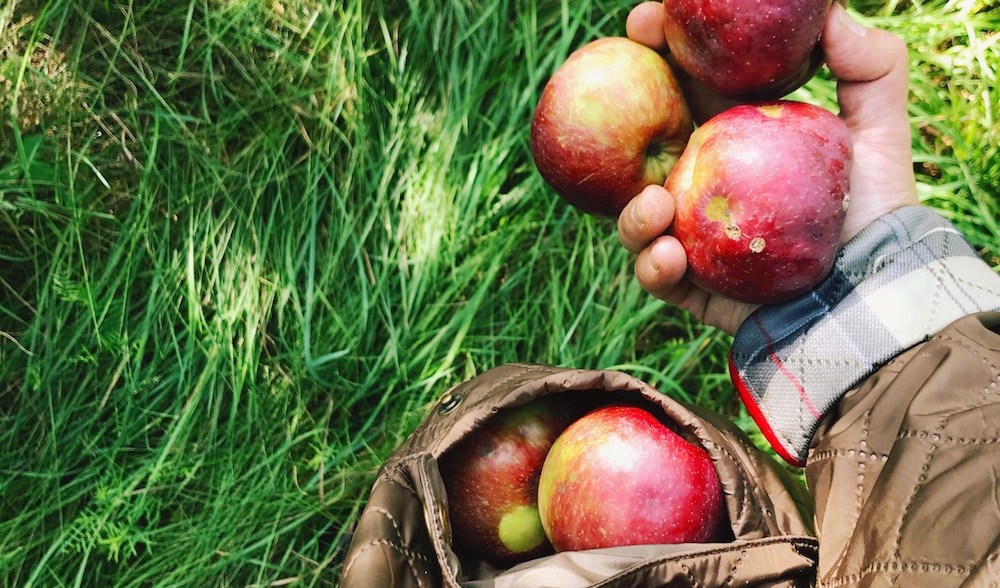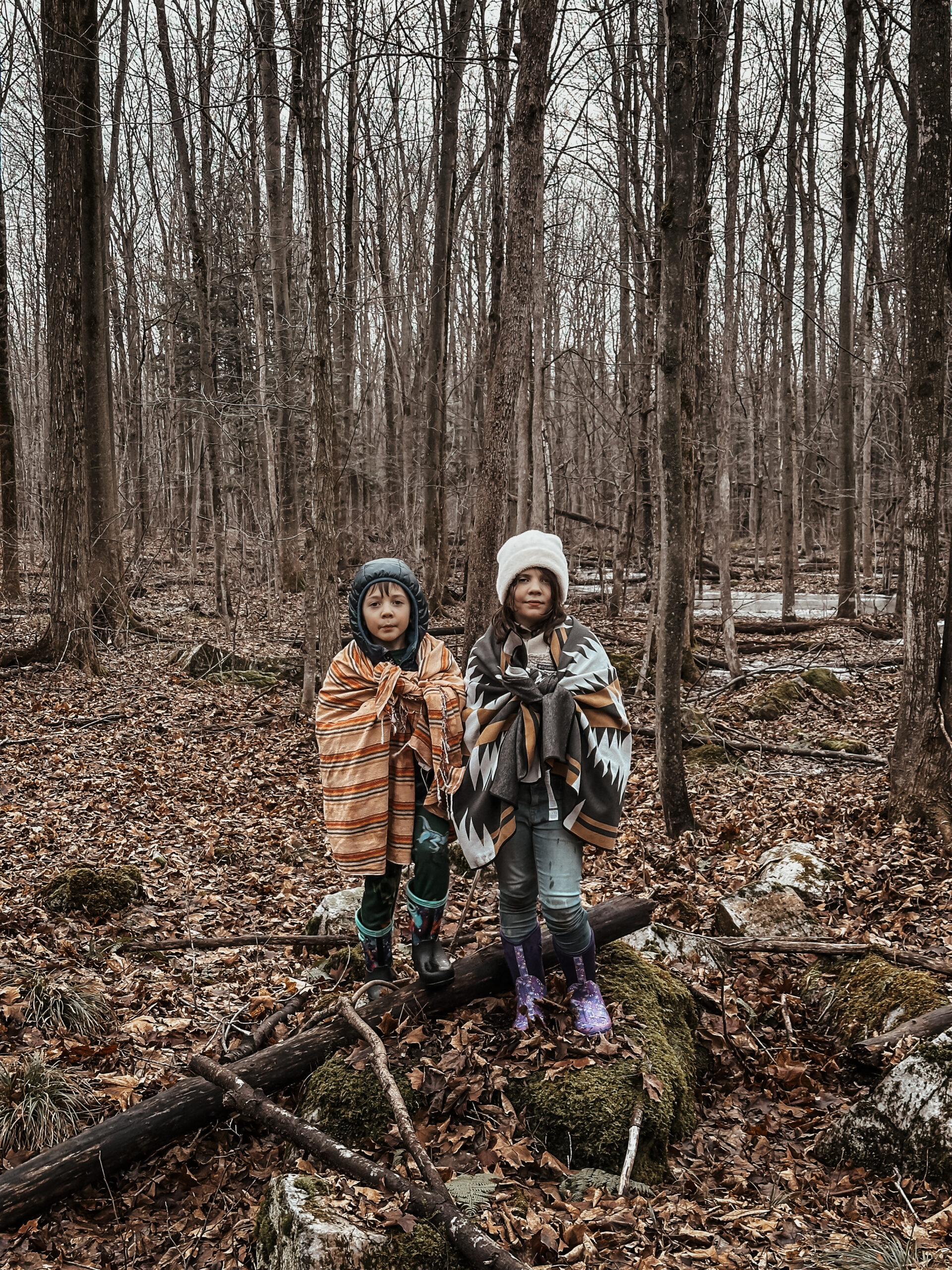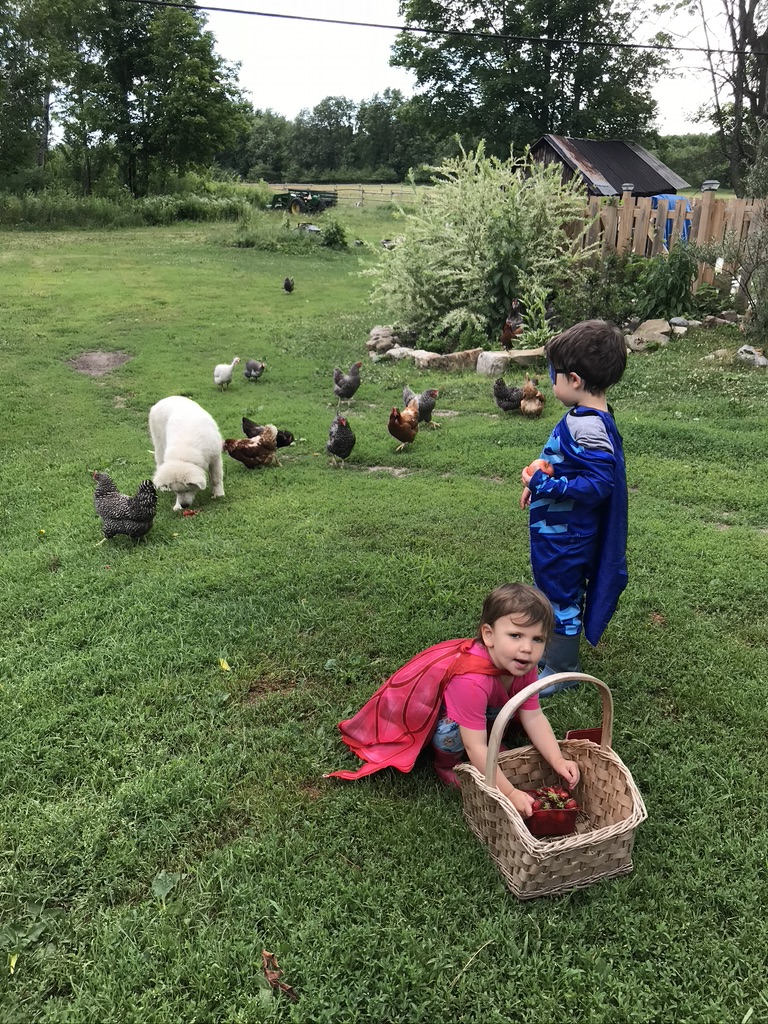
Best Beginner Pets for Children
If it isn’t obvious, we’re an animal family. On 200 acres, we are home to six horses, five dogs, four cats and a couple of geese…not to mention three guinea pigs, a tortoise, lizard and most recently, a hamster. And the hedgehog. And Neville, our giant rabbit. You get it. ( I almost forgot the fish…they have lived forever and I’m not sure I understand why). So we’ve got some experience when it comes to the best beginner picks for children.
The wee pets are all cared for by the children. They clean the cages, feed them and handle them. I throw reminders their way, but there is very little grumbling about it, unless they’re overtired. What I’ve learned is this: having to take care of something outside of themselves is good for them. It provides our children with a sense of independence while teaching them about the weight of responsibility.
If you’re considering bringing a pet in for your child, these are the top three I’d start with, factoring in care, lifespan and expenses.
Guinea pigs. These potato rodents are my top choice for children. They are calm, easy to handle and incredibly patient. They rarely get sick (ours have lived the duration of their lifespans, even with all the activity on the farm) and do well if they are handled regularly. They also love to eat the veggie scraps, which is a bonus (I love any animal who can eat table scraps).
- Lifespan: 5-8 years
- Diet: Hay and guinea pig pellets, along with limited fruit and vegetable treats, sticks for chewing
PROS:
Easy to handle.
Patient with kids.
Vocal and interactive with their owners.
They are relatively slow, making them easy to catch (sometimes you’ll get a spicier one, but handle them before adopting to get a measure of the best fit).
Nocturnal (yes, technically a con, but honestly they’re not loud at night at all).
CONS:
They are better off in pairs (females with females, males with males).
Their cages can be stinky if they aren’t cleaned promptly (as they can’t really be litter trained).
They need a bigger cage, which can take up a bit more space.
You may have to trim their nails from time to time, much like a rabbit.
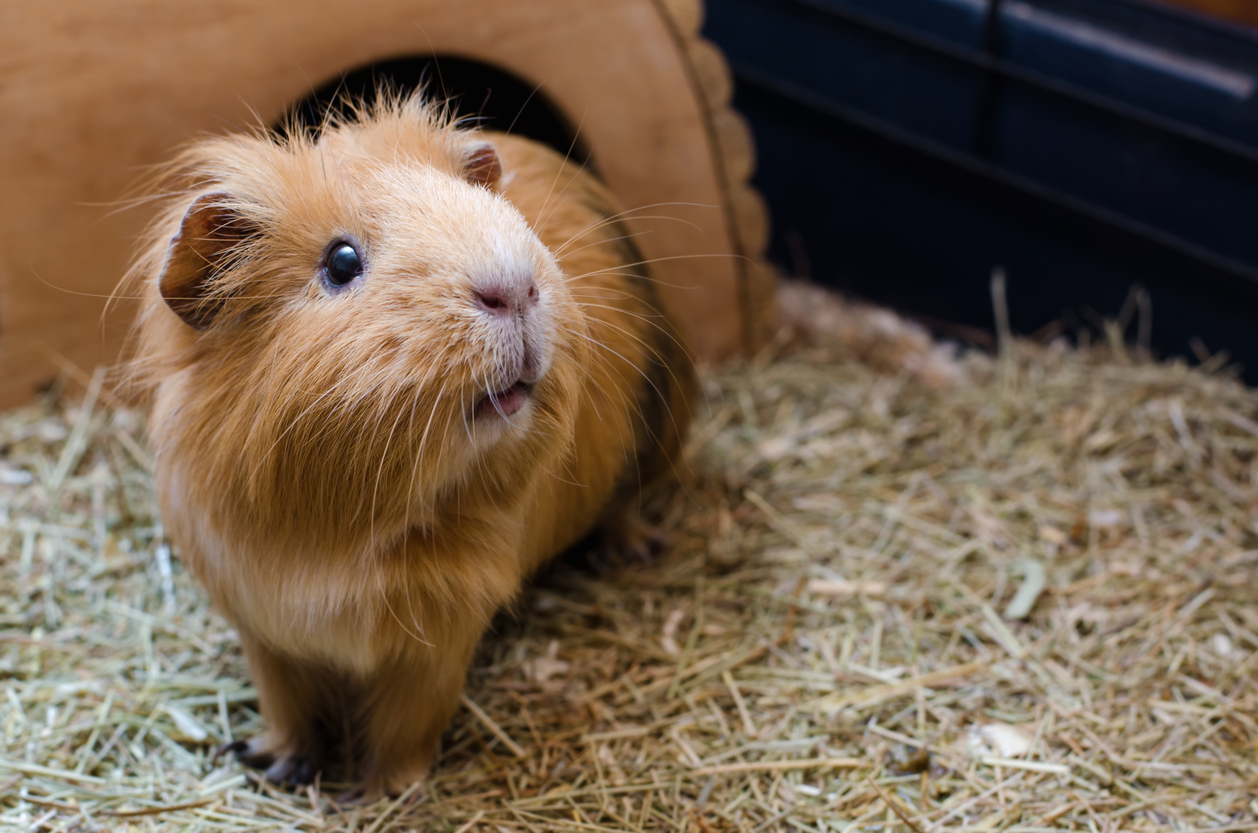
Hamsters. These wee creatures are the sweetest, but I’d recommend them to children ages 8 and up, unless your child is particularly good with animals. They are tiny (although some are larger than others, depending on the breed), carry food in their cheeks and make beds out of cotton balls. There are about two dozen breeds to choose from, so do a little research before to figure out which breed is the best fit for you.
Lifespan: Depending on breed, 3-5 years
Diet: Hamster Feed (opt for a pellet to endure hamster is getting the right nutrients), limited herbs and greenery, wood for teeth
PROS:
Easy to maintain and inexpensive to keep.
Cage is relatively small, so space efficient.
CONS:
Nocturnal at night, which means they need quiet toys to keep them busy at night.
Not a great fit if you have a cat, as they are a natural prey for them.
A bit tiny and therefore considerably fragile.
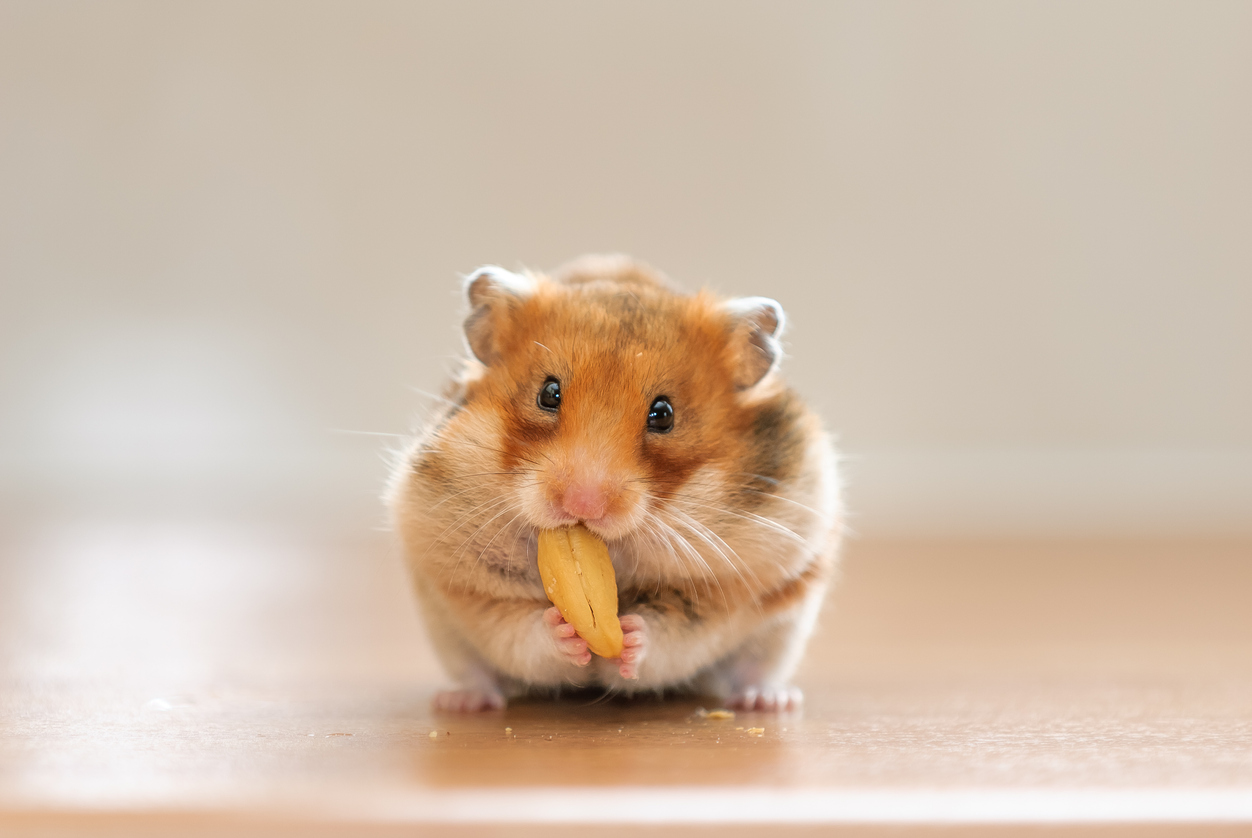
Fish. Particularly betta fish. This is an interesting one. Fish are not your typical pet…meaning they aren’t cuddly or necessarily interactive, but they do provide children with the opportunity to learn about the importance of caring for a creature outside of themselves, with fairly low risk. Our beta fish were probably the first animals that we brought into the house and they are still alive today (going on four years this April). They are a pleasure to observe, especially when settling down before bed.
PROS:
Easy to take care of.
Peaceful to observe and inexpensive to maintain.
Can be kept in small tanks, making them easy to keep in a place with limited room.
Inexpensive to feed.
CONS:
The tank needs to be cleaned every month or so, but it is relatively easy.
Not terribly interactive, but respond to feeding and movement.
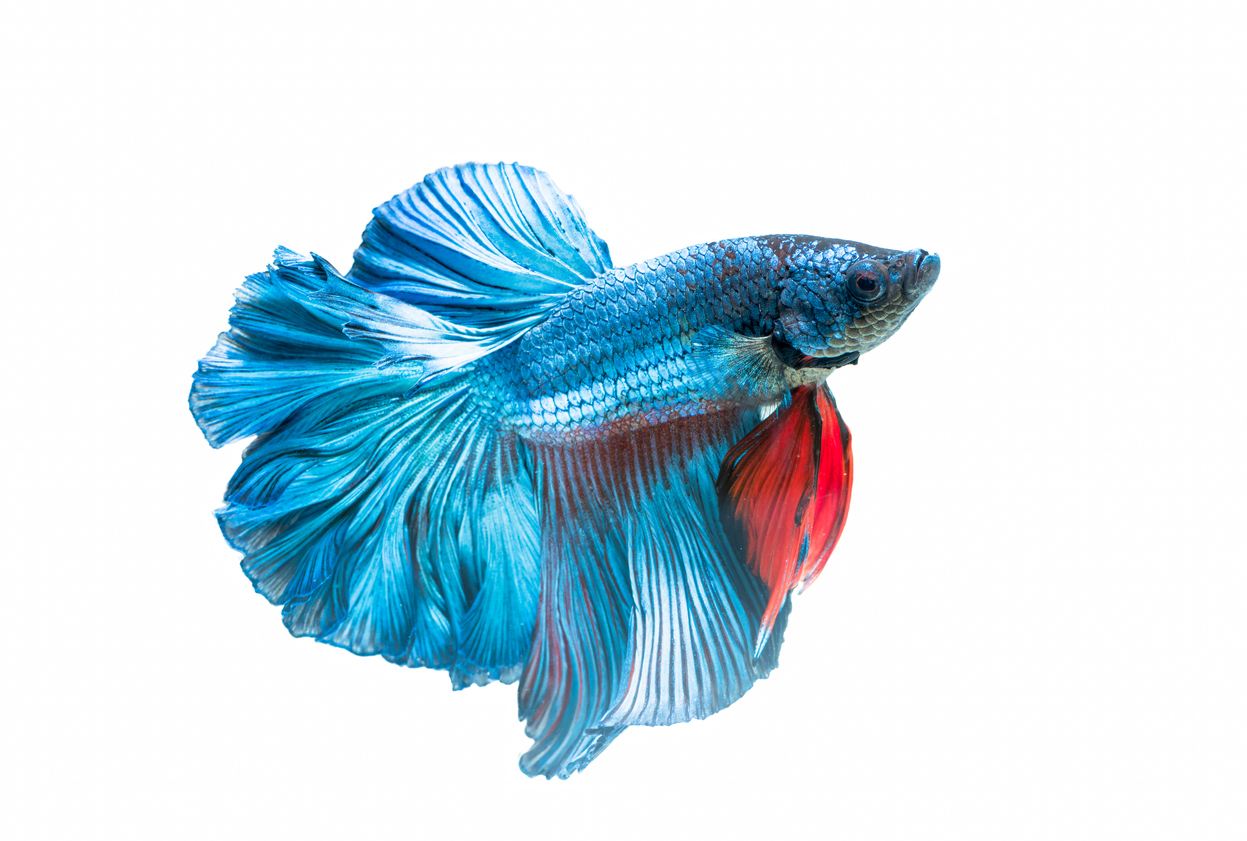
Of course, you know your child better than anyone. You know what they are ready for, so don’t walk into animal ownership with rose-coloured glasses. Parents have to be ready for commitment too—taking in any animal is a responsibility that extends the lifespan of the animal, regardless of what happens. They aren’t disposable, regardless of size and must be considered as such.
Good luck! Feel free to email us with any questions you might have!
You May Also Like

What To Do with Radishes
6 July 2022Top Ten Flowers to Grow from Seed (When Starting a Cut Flower Garden)
5 July 2022